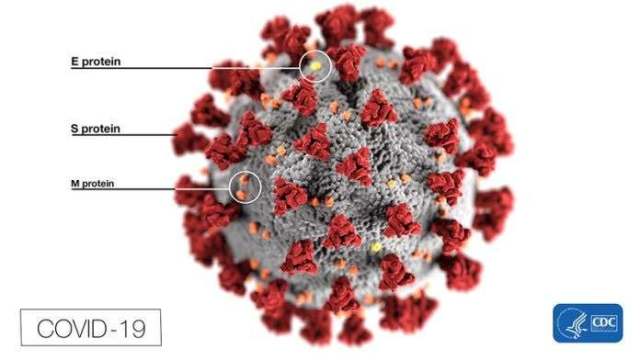An article published by WebMD on November 13 that a new study reports that COVID-19 is not the same strain as what first emerged from China. It has changed slightly in a way that makes it more contagious to humans.
Ralph Baric, PhD, a professor of epidemiology, microbiology, and immunology at the University of North Carolina at Chapel Hill, published the study in the journal Science. Baric is one of the world’s foremost experts on coronaviruses. His study backs up an earlier study published July 1 of this year.
Before issuance of the report, the mutating coronavirus was discussed by Chris Smith in a June 30, 2020 article in which he noted– back then– that “this mutation is mainly responsible for the emergence of a dominant version of SARS-CoV-2 that is more infectious than the original virus that came out of Wuhan late last year.”
As explained by the Washington Post, the new strain has a change to its spike proteins. Spike proteins bind to outer regions of the cells and allow the virus to pass its genetic information to the cell. See image below. The change to the spike proteins makes them much more efficient carriers of the virus’ genetic information, enabling the virus to move rapidly from cell to cell, copying itself at an astonishing rate.

Baric’s experiments may help to explain why the 614G strain, which first emerged in Europe in February, has become so dominant, but what is problematic is that Scientists and Researchers have identified at least eight strains of the novel coronavirus— and according to National Geographic, the data show the virus is mutating on average every 15 days.
Baric says the virus likely jumped out of bats and discovered a brand new population of human hosts, with more than 7 billion of us on the planet to infect. None of us has any immune defenses against it, so we are prime targets.
“So it can jump from person to person to person to person, that’s going to be the most competitive virus in terms of the virus maintaining itself,” says Baric.
With infections now at 19.9 million in the U.S., and 82.6 millions worldwide, the need to make prevention the topmost priority is critical. A mutating coronavirus raises serious questions about the long-term effectiveness of any vaccine, notwithstanding the science community’s insistence that the Pfizer and Moderna offerings are nearly 100 percent effective.
One development that Baric and other scientists are closely watching is the emergence of new strains found on mink farms in Denmark and the Netherlands that have been shown to infect humans.

There’s work being done to confirm that at least one of those strains — the so-called cluster 5 virus — may have evolved enough changes to its spike proteins that help it escape the vaccine.




What can I say? When you’re right, you’re right.
Mr Seraaj
Sorry to disagree with you, but the infection will keep spiking because those idiots will not believe in the science.
Comments are closed.